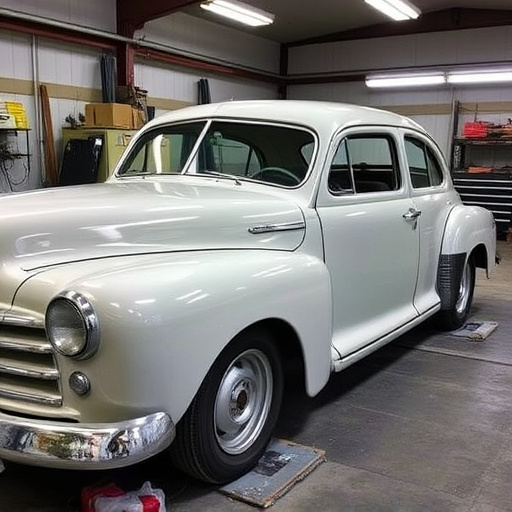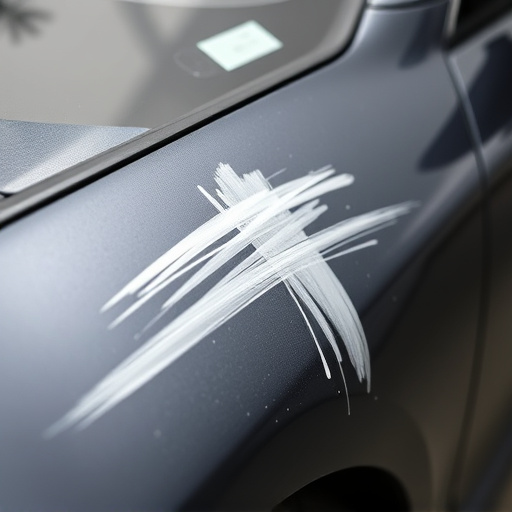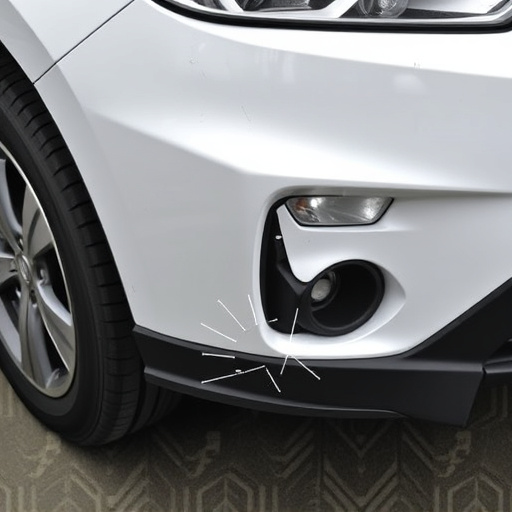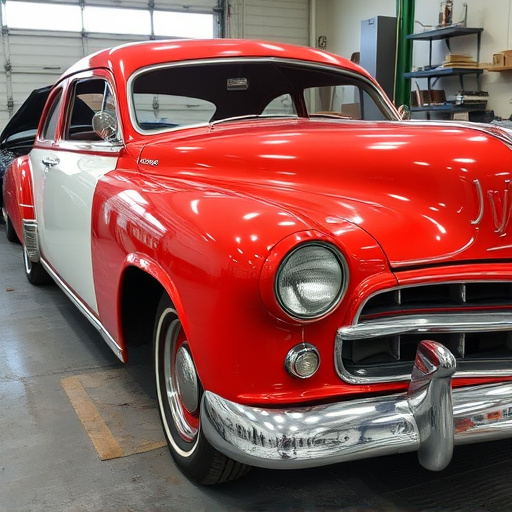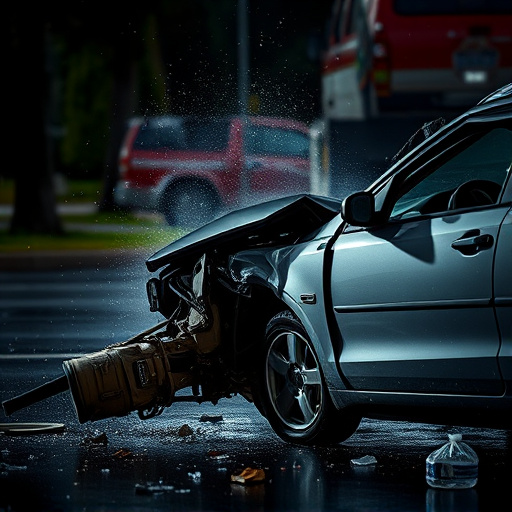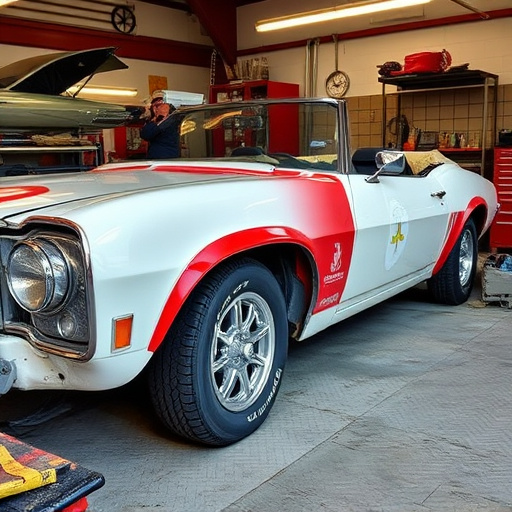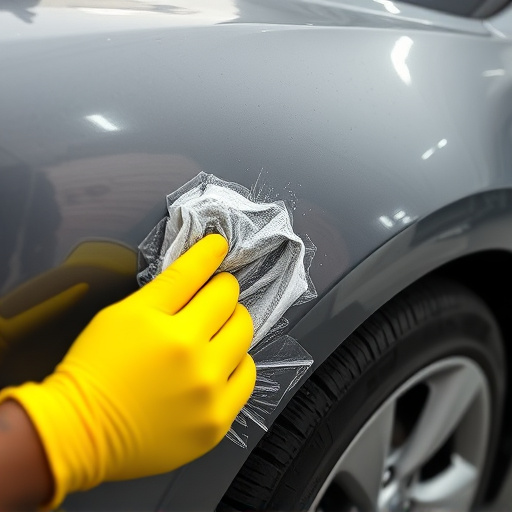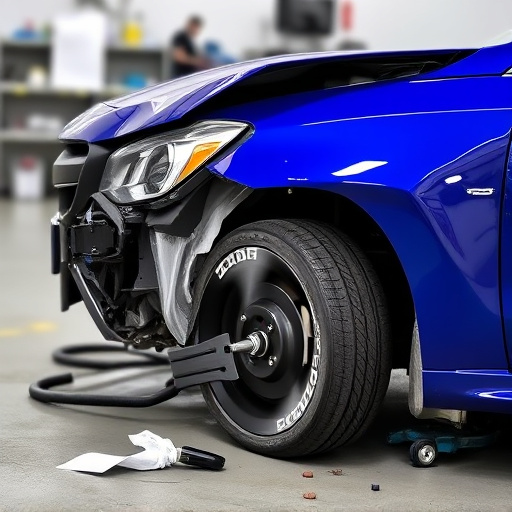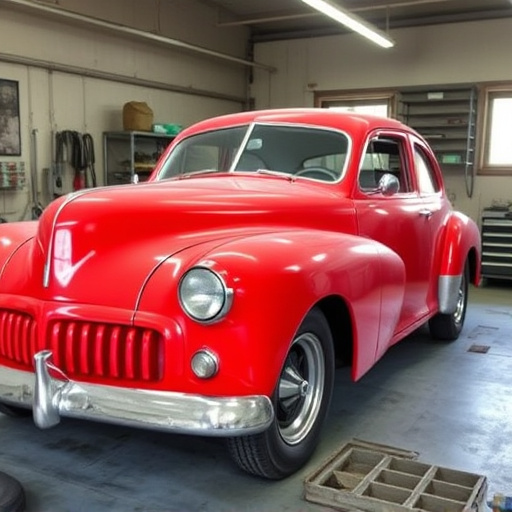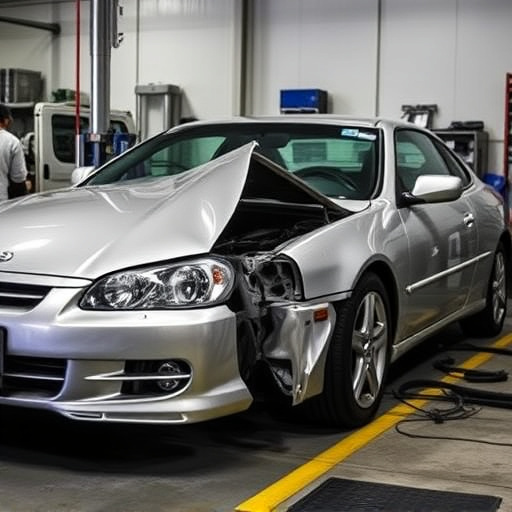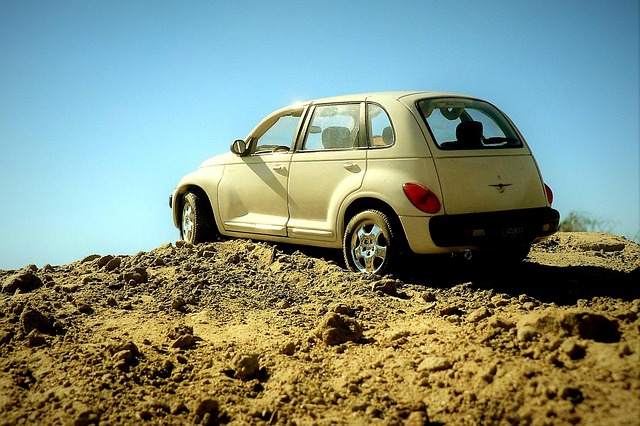Collision damage, especially to taillights, can compromise safety and vehicle value. Prompt and proper taillight repair replacement is crucial for driver and road user safety, clear signaling, and maintaining car aesthetics. This process involves assessing damage, gathering tools & materials (including new assemblies and bulbs), safely removing damaged taillights, cleaning, installing new units, testing functionality, adhering to local traffic laws, and seeking professional auto body shop advice for expert repairs and painting to restore pre-accident condition.
In the aftermath of a collision, understanding the link between damage and specific components like taillights is crucial. While external impacts may be readily visible, hidden harm to taillights can pose significant safety risks on the road. This article delves into the intricate relationship between collision damage and the necessity of prompt taillight repair or replacement. We explore common types of damage and emphasize why timely intervention is vital for both vehicle safety and legal compliance, offering a comprehensive step-by-step guide for the process.
- Understanding Collision Damage and Its Impact on Taillights
- Why Taillight Repair or Replacement is Essential After a Crash
- The Process of Taillight Repair Replacement: A Step-by-Step Guide
Understanding Collision Damage and Its Impact on Taillights
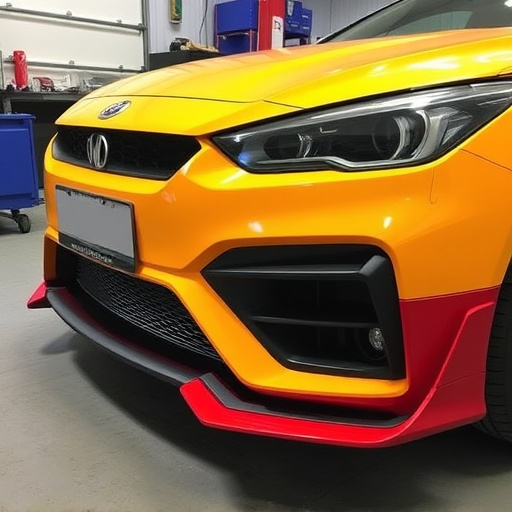
Collision damage can have a significant impact on a vehicle’s overall condition, particularly when it comes to taillights. In the event of a collision, whether minor or severe, various components of a car can suffer harm, including the taillights, which are not only crucial for visibility and safety but also play a vital role in a vehicle’s aesthetic appeal. Even seemingly minor bumps or fender benders can lead to cracks, chips, or complete failure of one or both taillights.
Understanding the extent of collision damage is essential when considering taillight repair replacement. Auto body work after a collision involves not just straightening dents and repairing bumpers but also assessing and fixing any damaged lighting systems. Car restoration experts emphasize that proper evaluation and timely intervention can prevent further complications. Prompt attention to taillight issues, along with comprehensive auto body repairs, ensures the safety of drivers and other road users while maintaining the car’s overall value and appearance through effective bumper repair and tailored taillight replacement solutions.
Why Taillight Repair or Replacement is Essential After a Crash
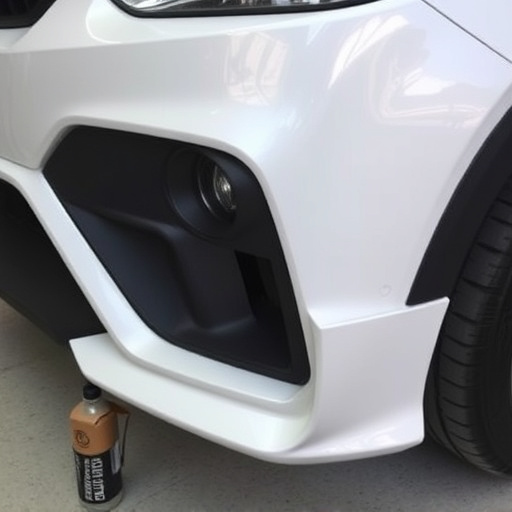
After a collision, it’s crucial to prioritize safety and visibility for both you and other drivers on the road. One often overlooked aspect of post-crash vehicle maintenance is taillight repair replacement. While repairing or replacing taillights might not seem as critical as fixing more visible damages like dents or shattered windshields, it plays a significant role in ensuring your vehicle meets safety standards. Taillights are vital for indicating turns and stops, making them essential components in preventing future accidents, especially during low-light conditions or at night.
Ignoring damaged taillights can lead to inadequate lighting, hindering your ability to signal intentions clearly. This not only poses risks to your own safety but also increases the likelihood of secondary collisions, particularly in collision repair centers where vehicles with various types of damage are commonly assessed and repaired. Prompt vehicle dent repair and vehicle body repair, including tailoring light replacements, are steps towards regaining optimal vehicle condition and enhancing road safety for all users.
The Process of Taillight Repair Replacement: A Step-by-Step Guide

Taillight repair replacement is a crucial process in automotive maintenance, often required after a collision or to restore functionality and aesthetics. Here’s a step-by-step guide to help you understand the process. First, assess the damage to the taillights, which may include cracks, chips, or complete detachment from the car body. If the damage is severe, consult with a professional auto body shop for expert evaluation.
Next, gather the necessary tools and materials, including new taillight assemblies (specific to your vehicle model), replacement bulbs, and any hardware required. Remove the damaged taillights by unfastening the mounting screws and carefully separating them from the car body. Clean the area thoroughly, ensuring no debris remains that could hinder proper installation. Once prepared, install the new taillights, securing them tightly with screws. Verify the lights function correctly by testing each bulb to ensure they illuminate properly both during the day (when powered) and at night (using the vehicle’s power source). Regularly check your taillight repair replacement work against local traffic laws to ensure your car is safe for road use. Auto body services that specialize in taillight repair replacement can offer expert advice and quality auto painting if needed to restore your vehicle’s exterior to its pre-accident condition.
After a collision, proper taillight repair or replacement is crucial for both safety and legal compliance. Understanding the link between damage to these lights and potential driving hazards highlights the importance of addressing this issue promptly. Following a step-by-step guide ensures a thorough fix, restoring your vehicle’s visibility and reliability on the road. Remember, timely taillight repair replacement can prevent further damage and ensure you’re prepared for future drives.

